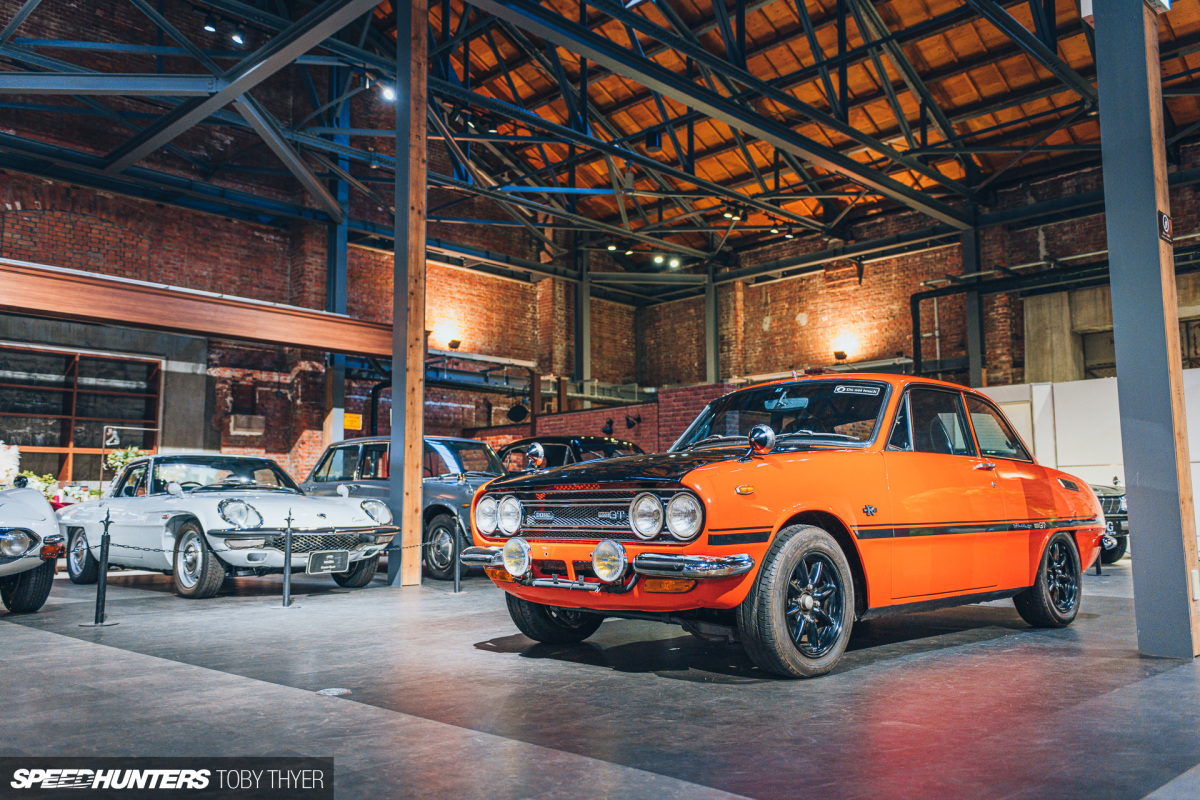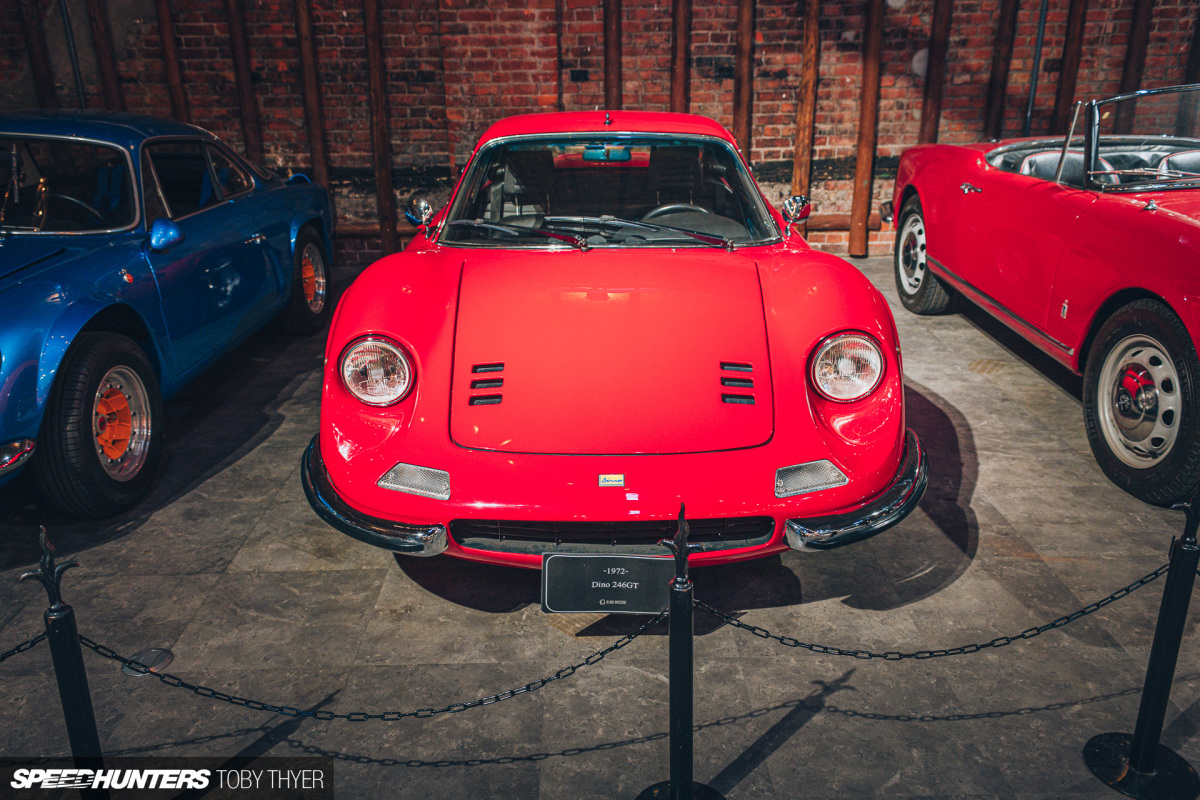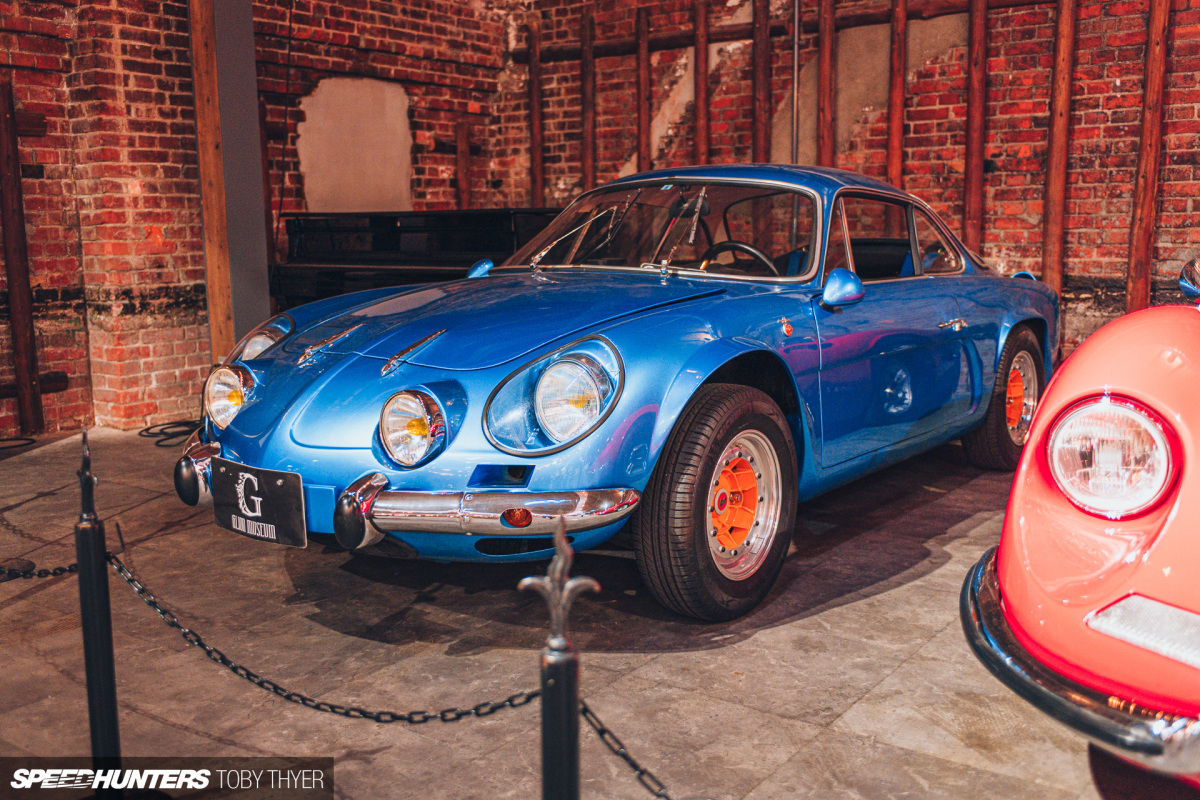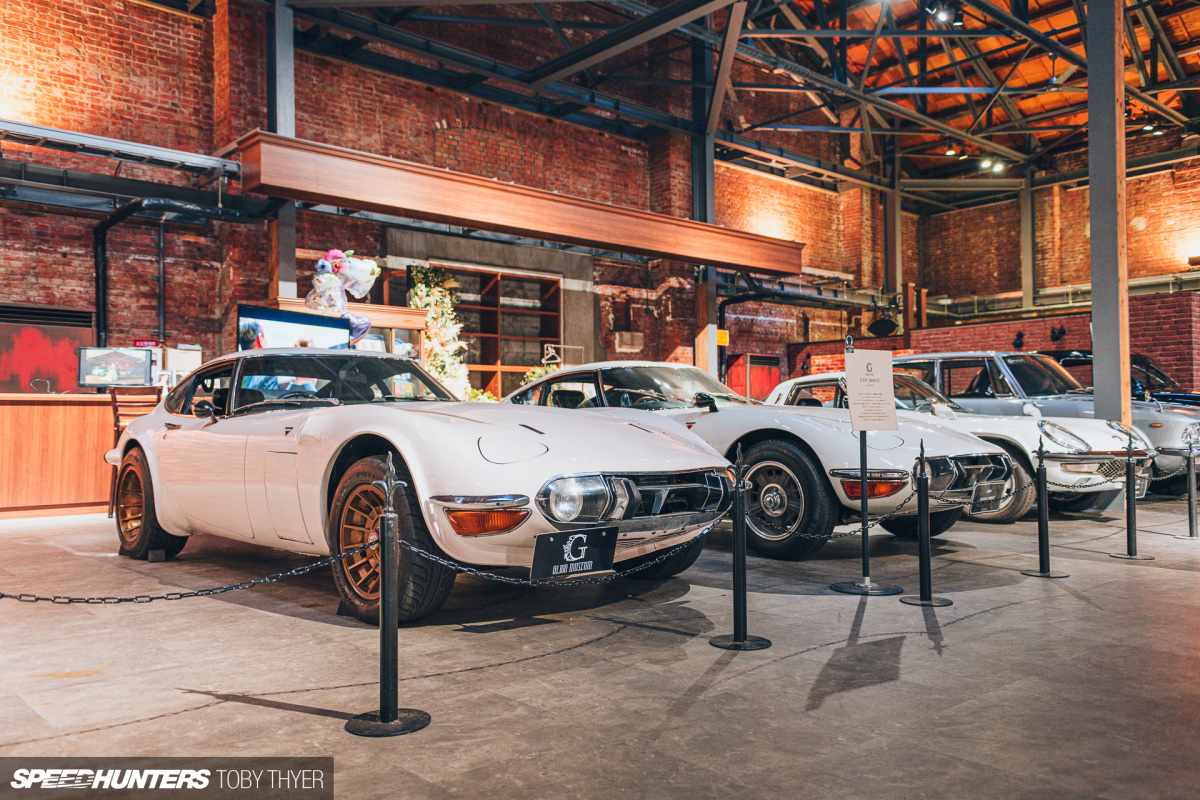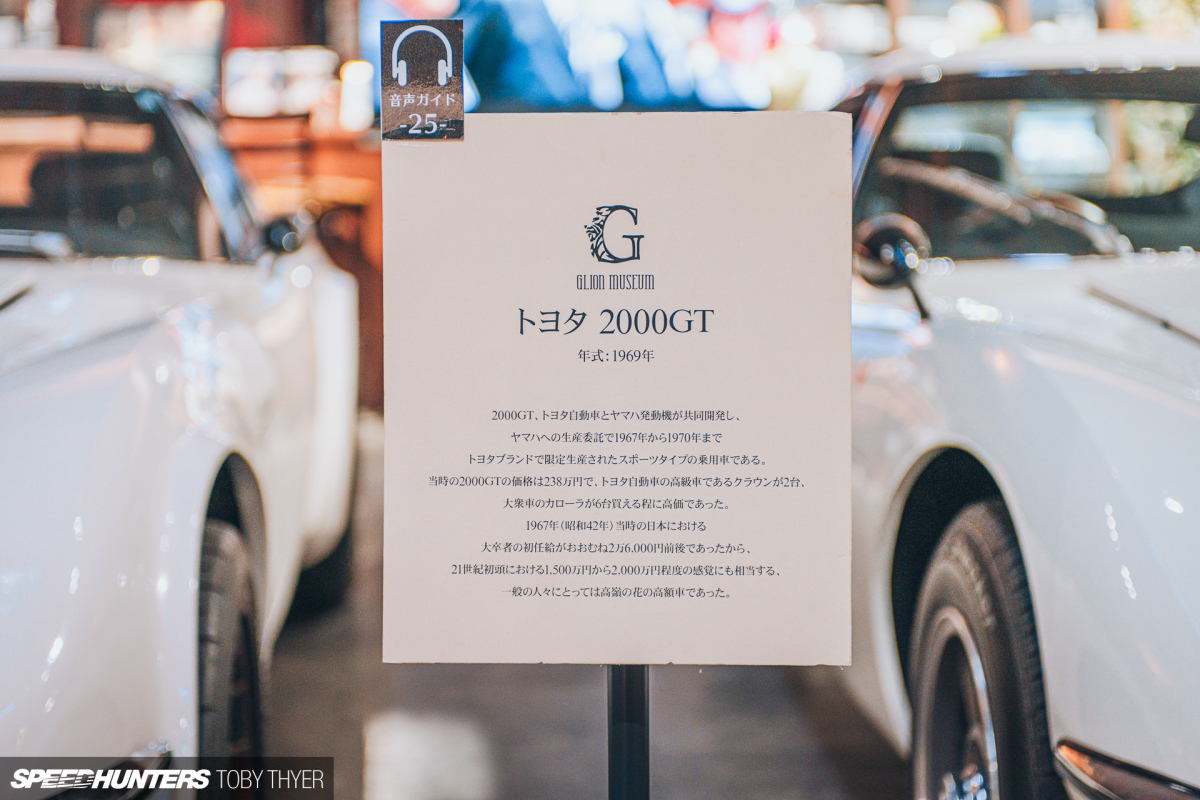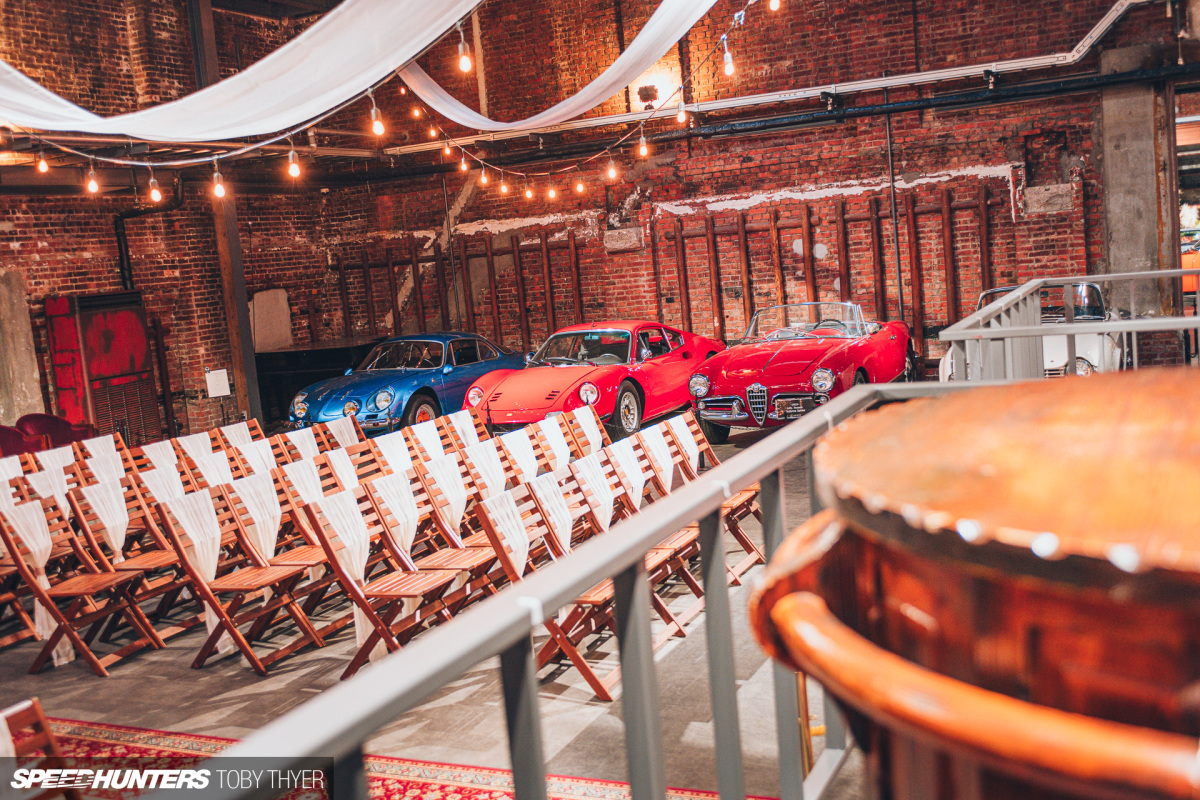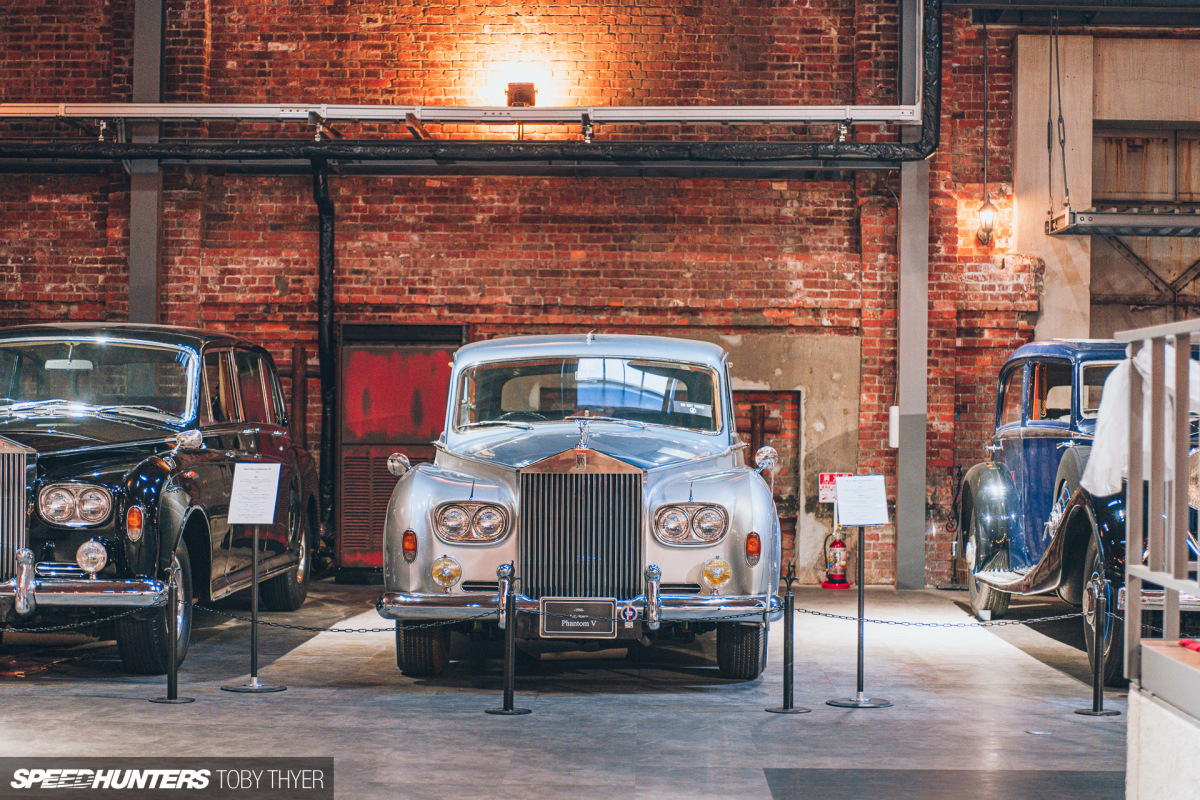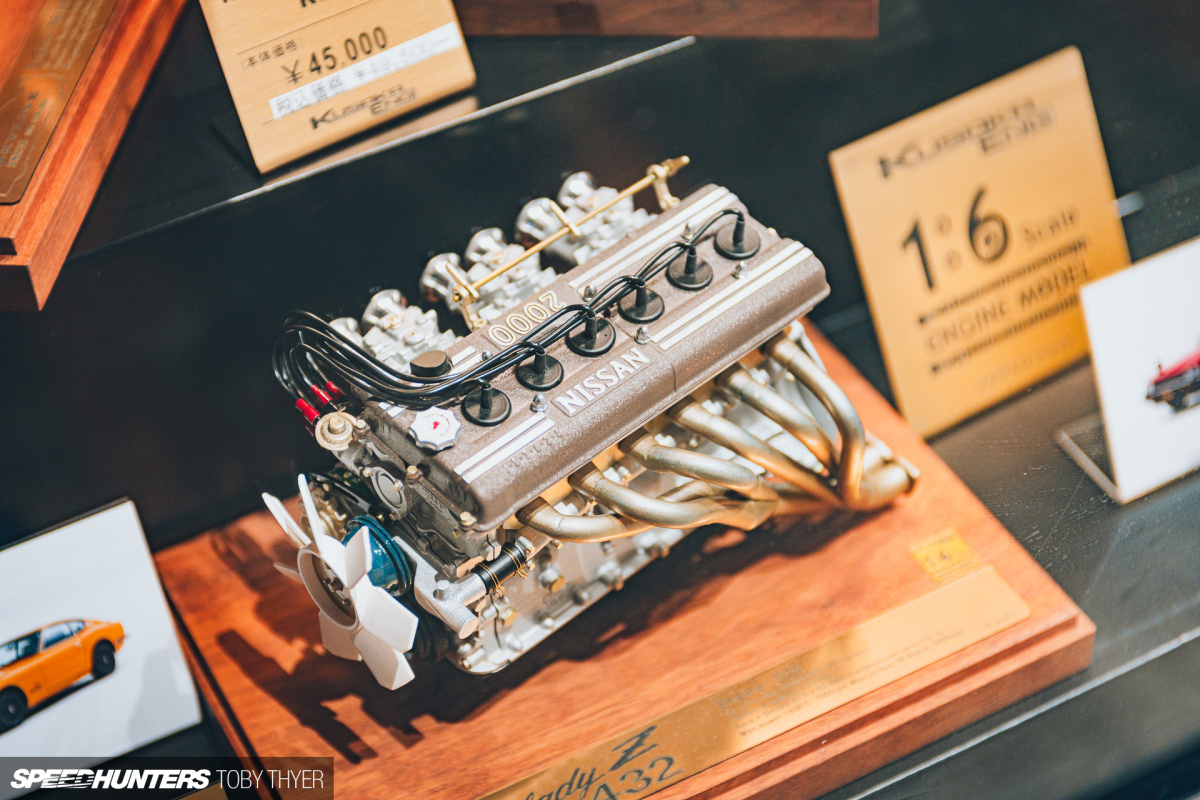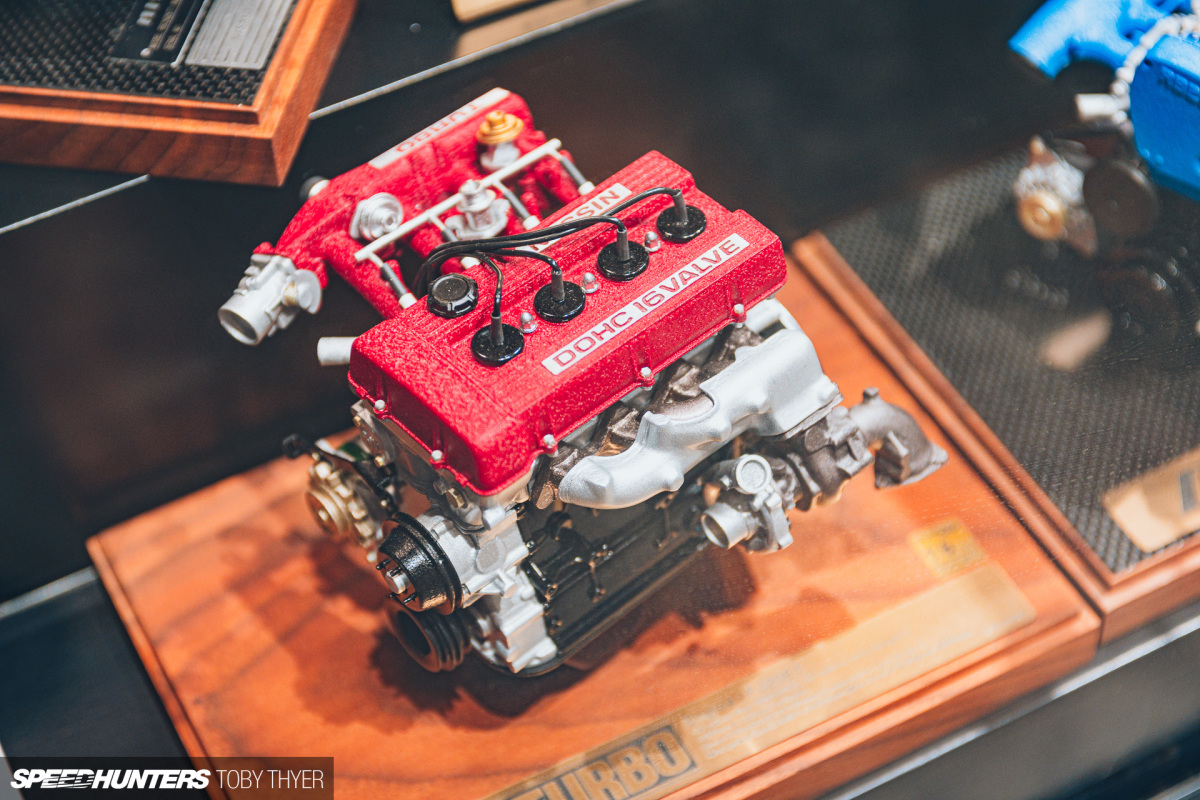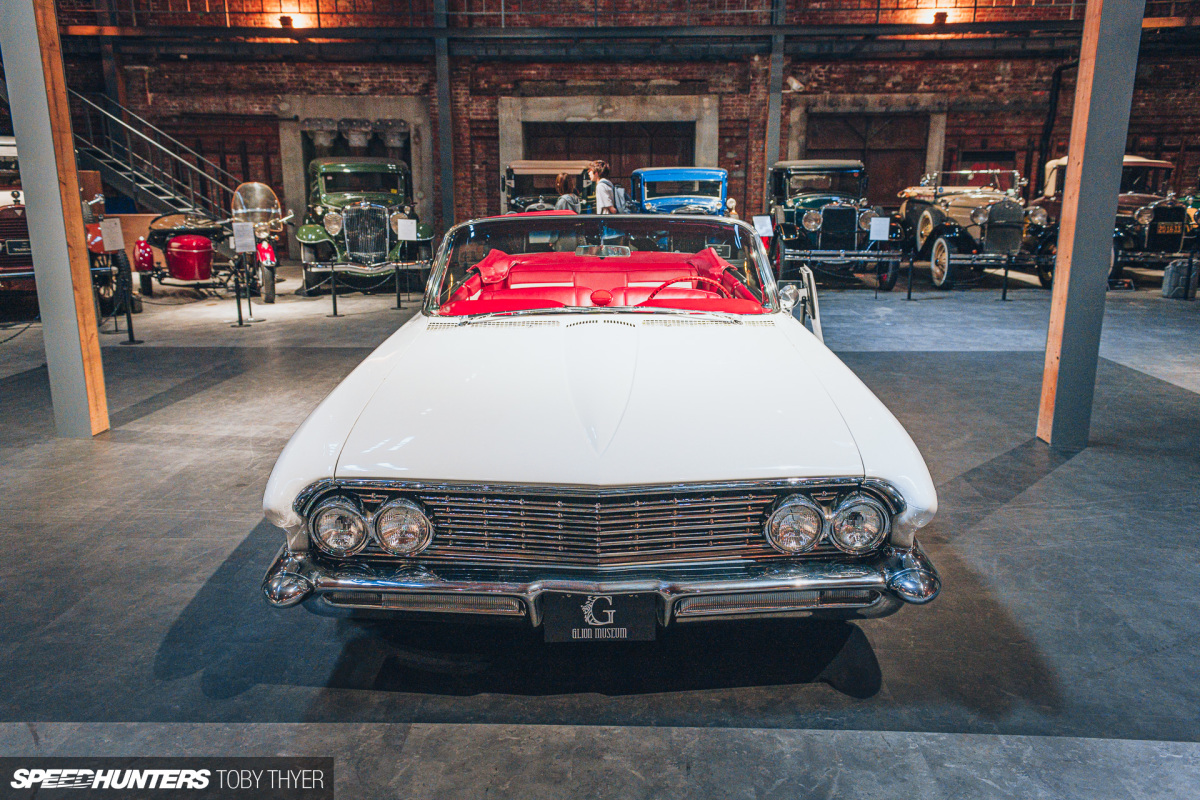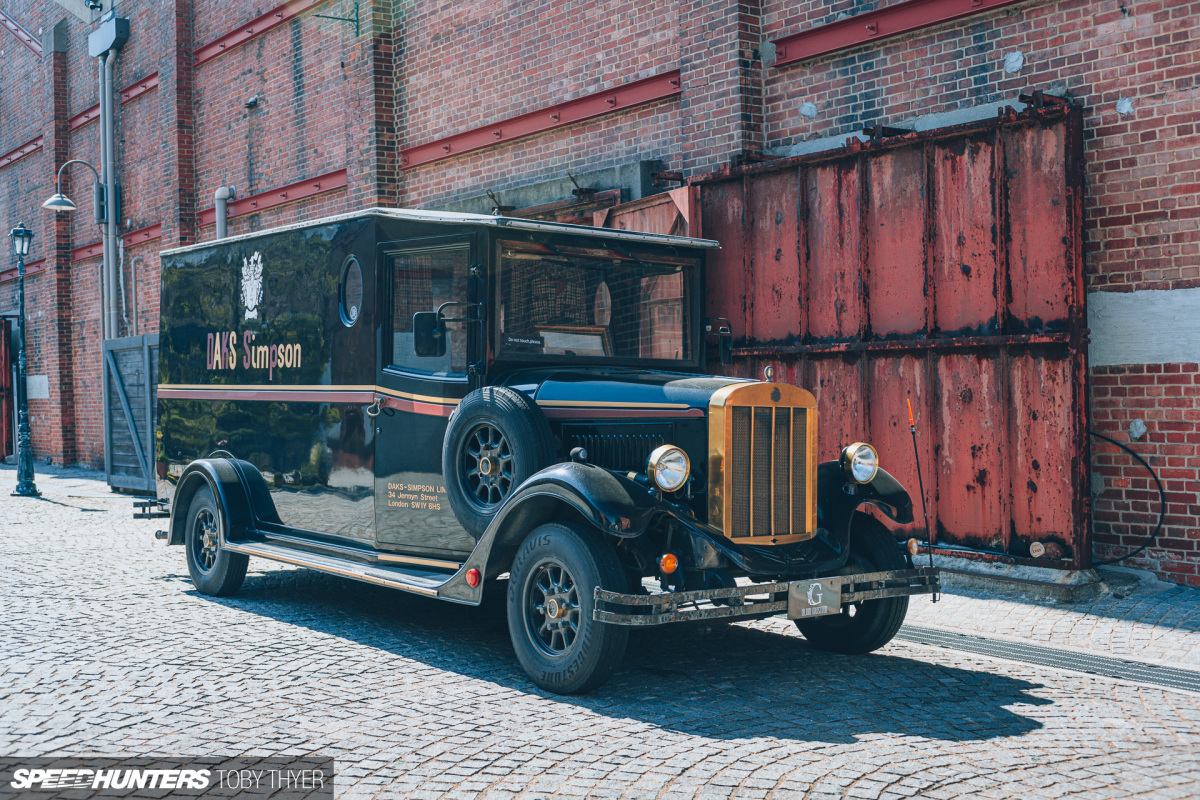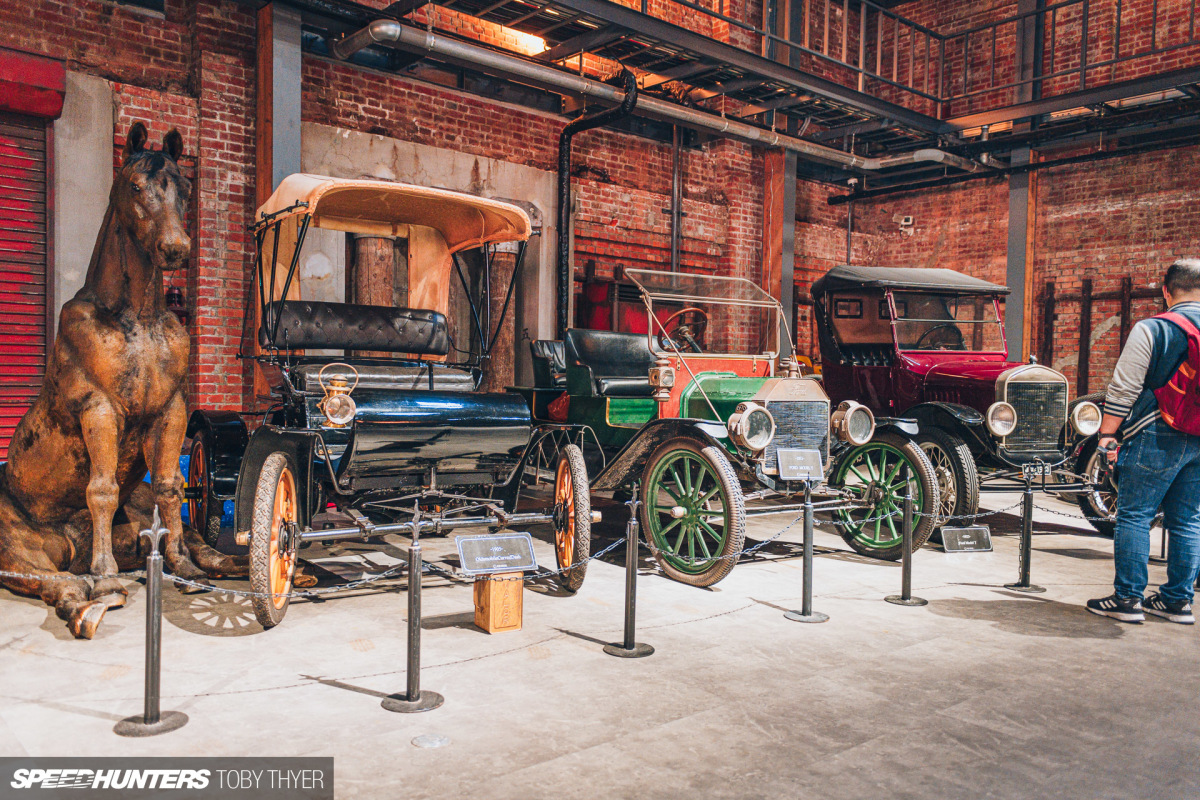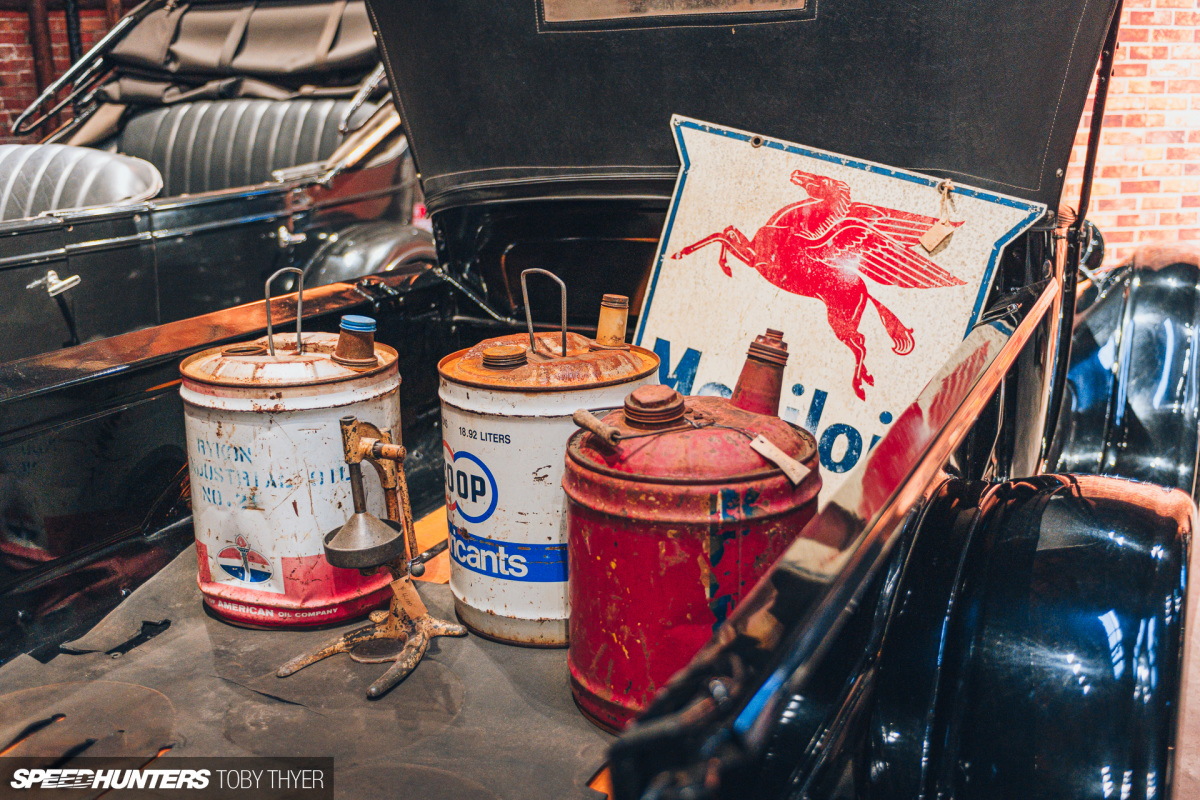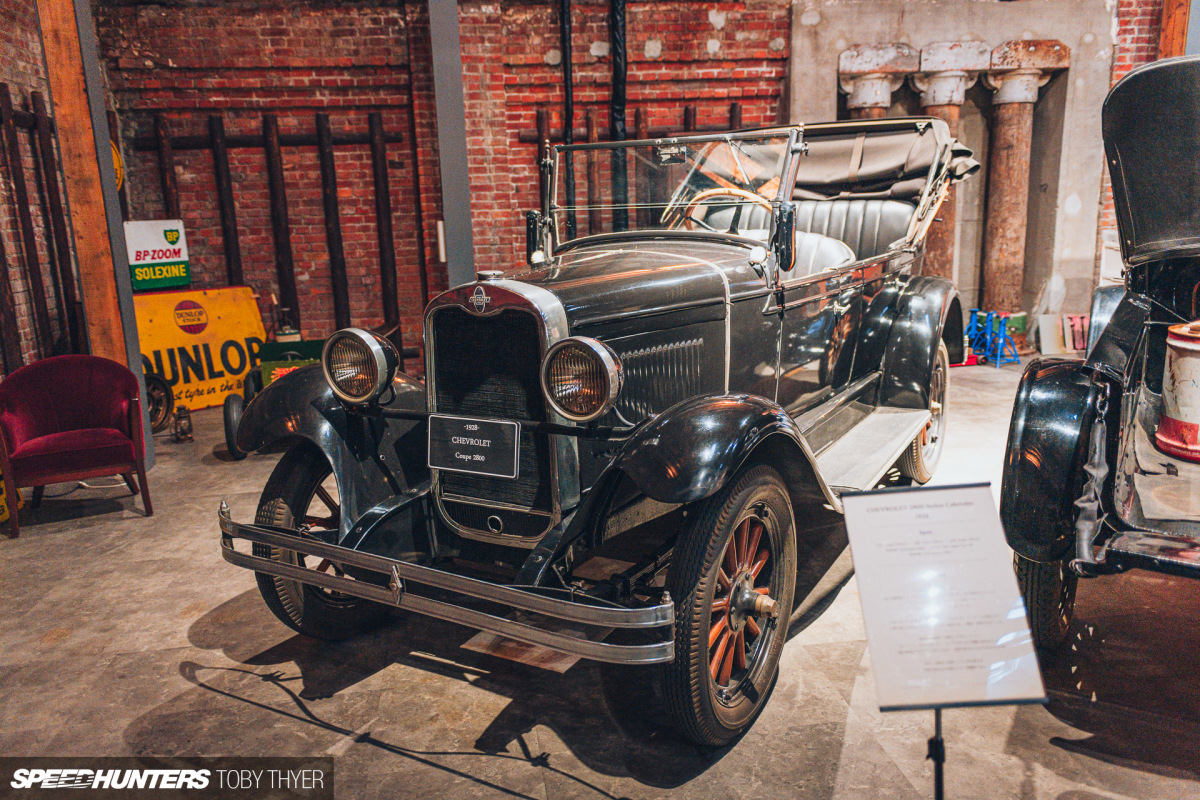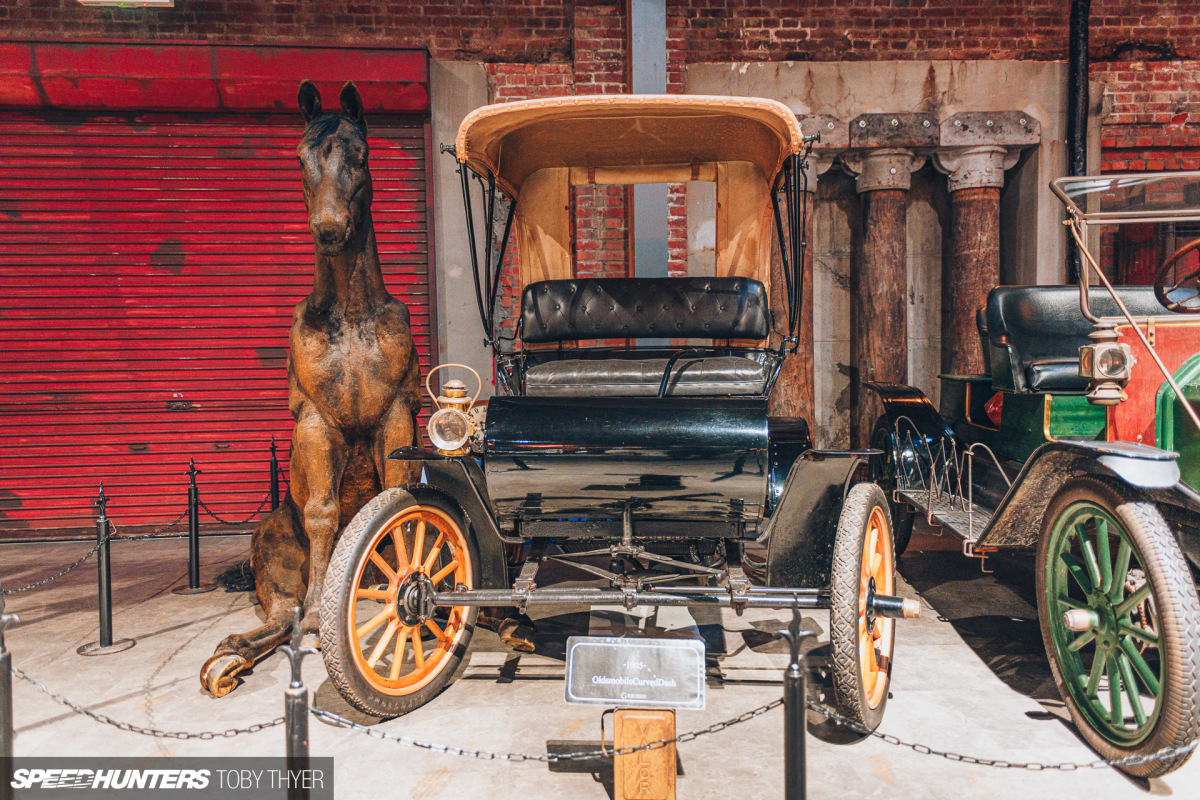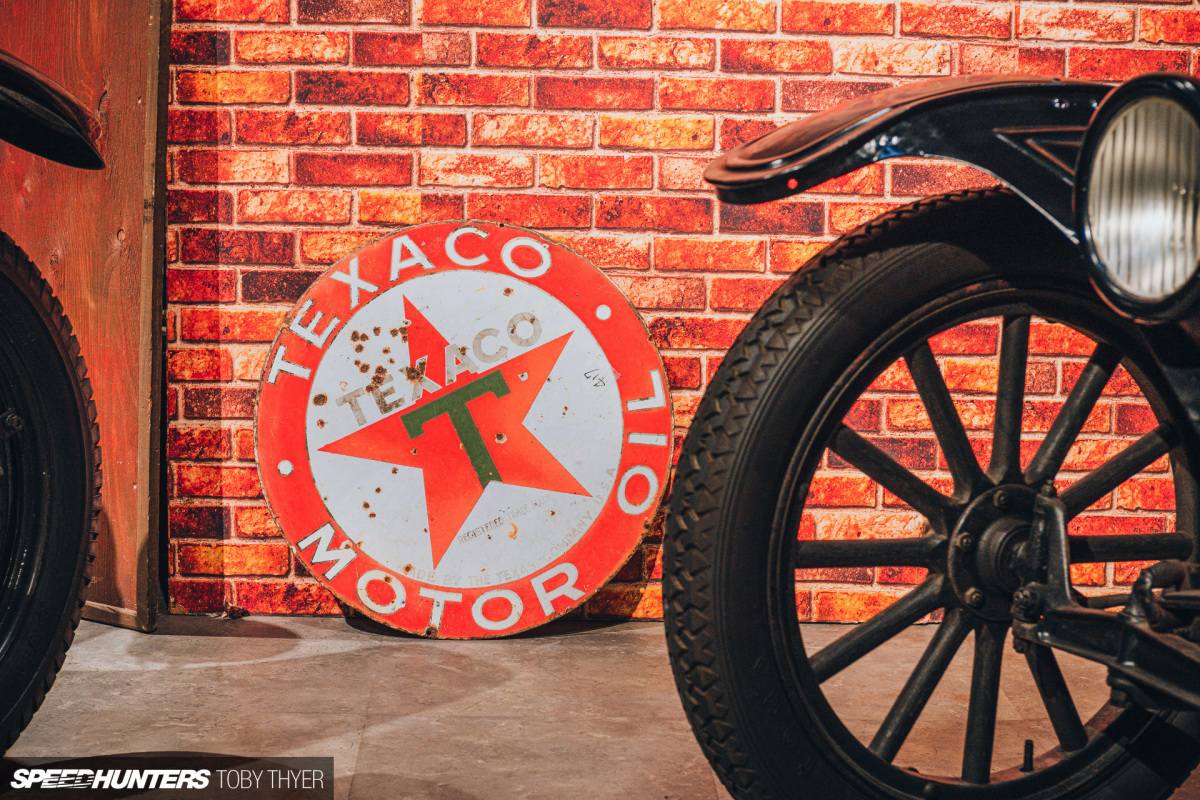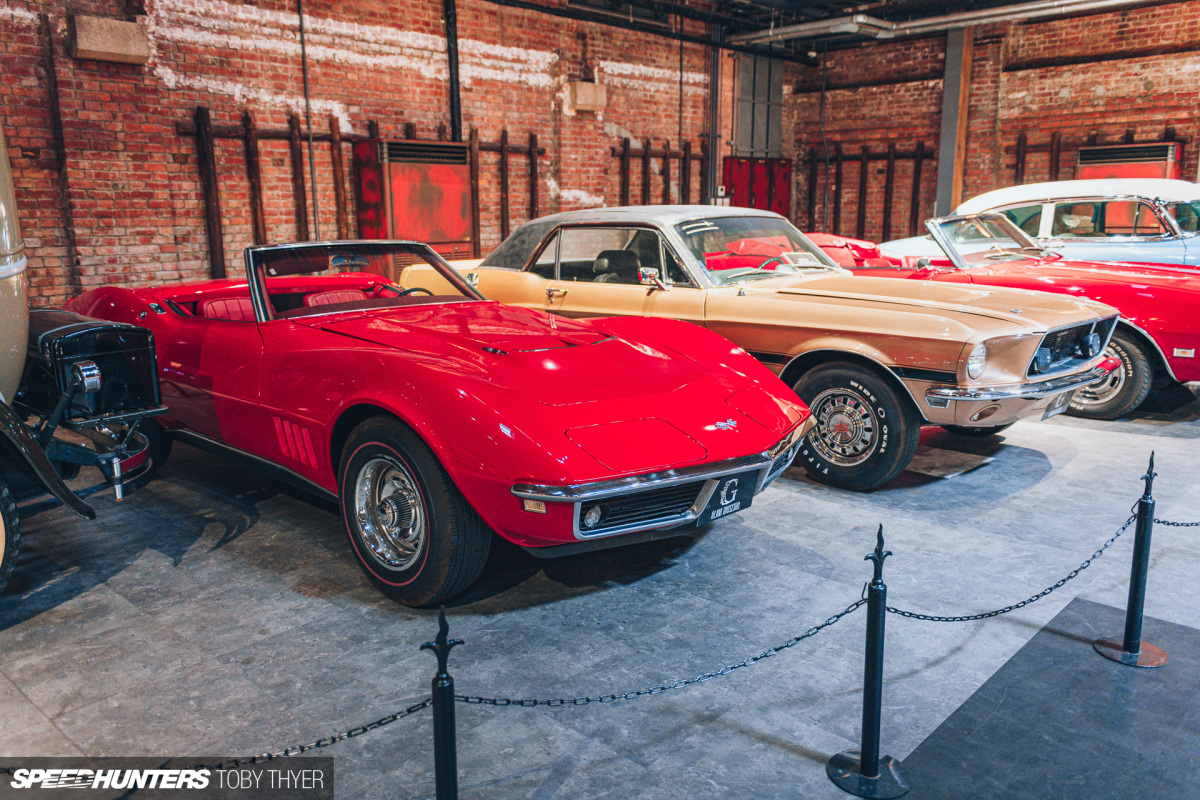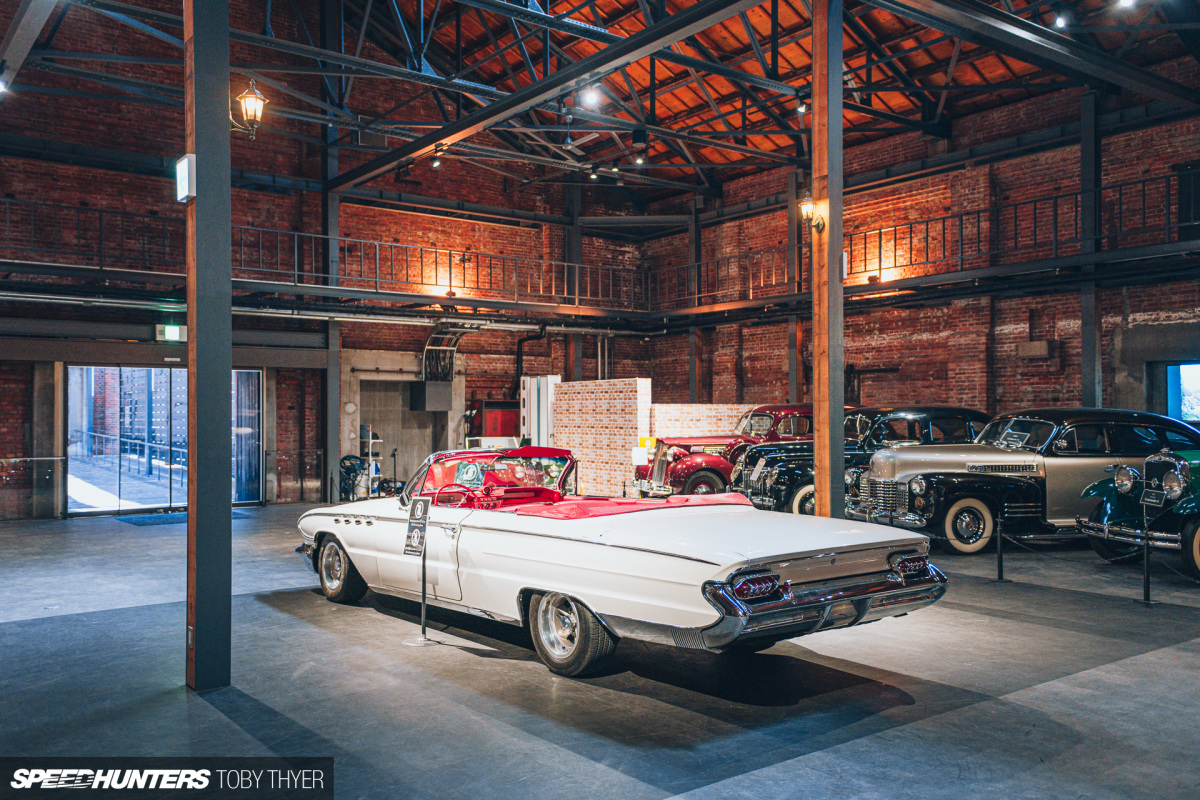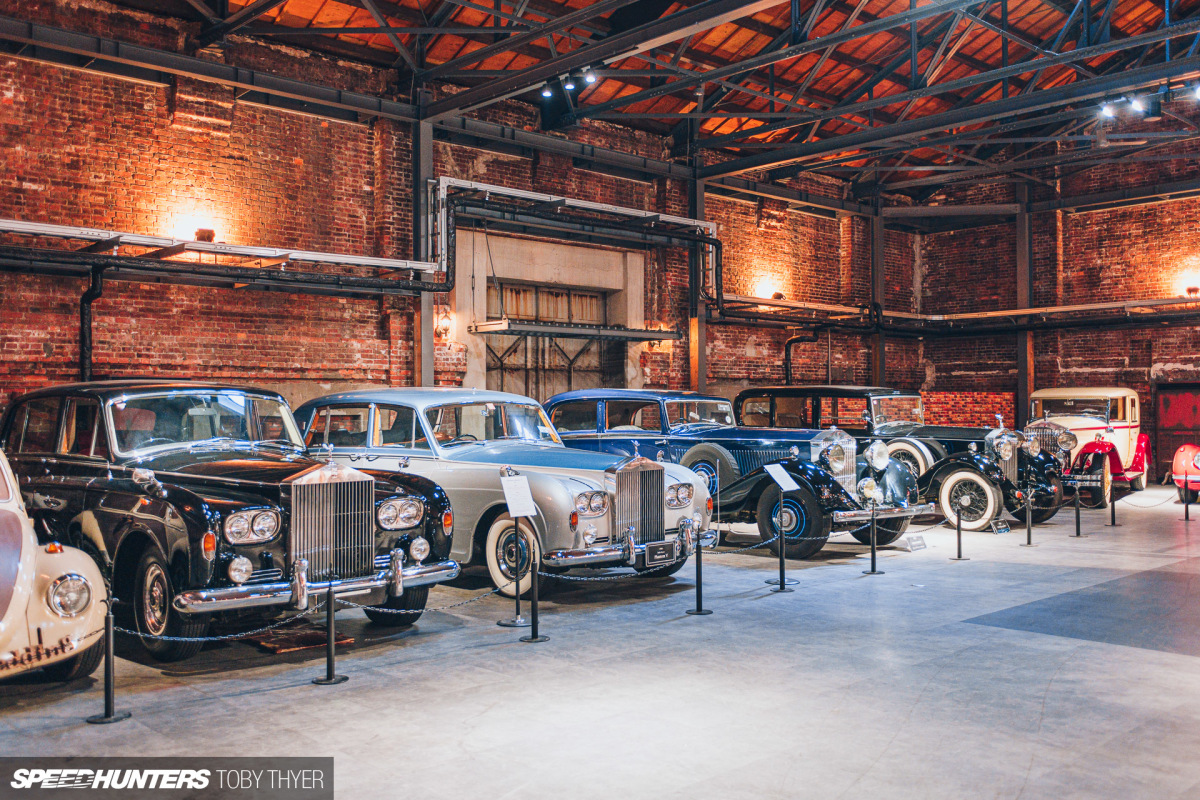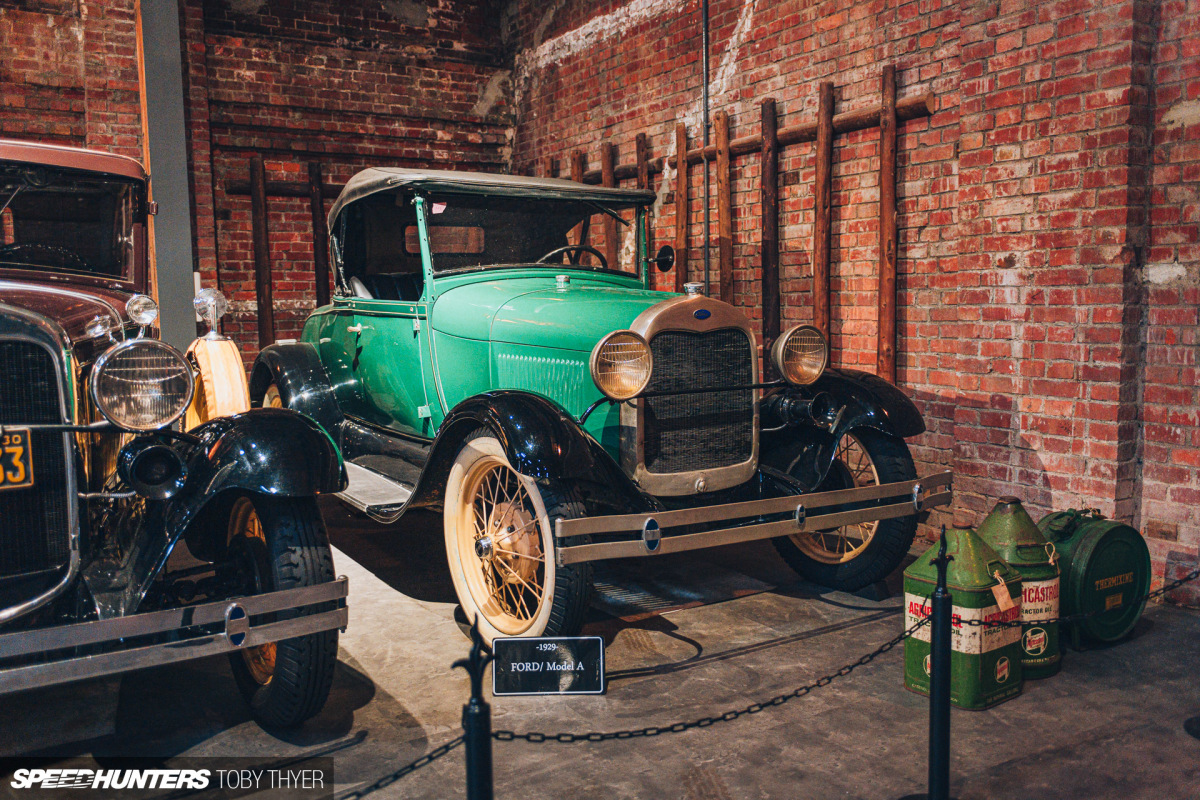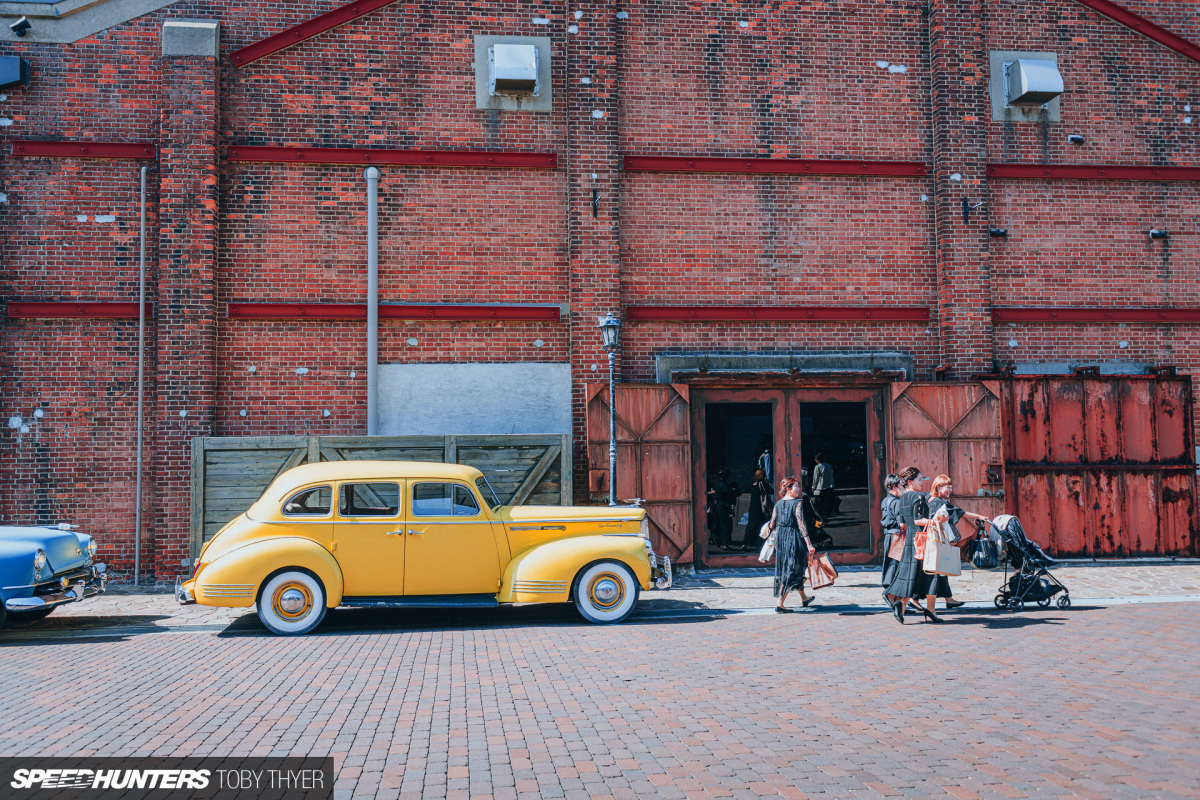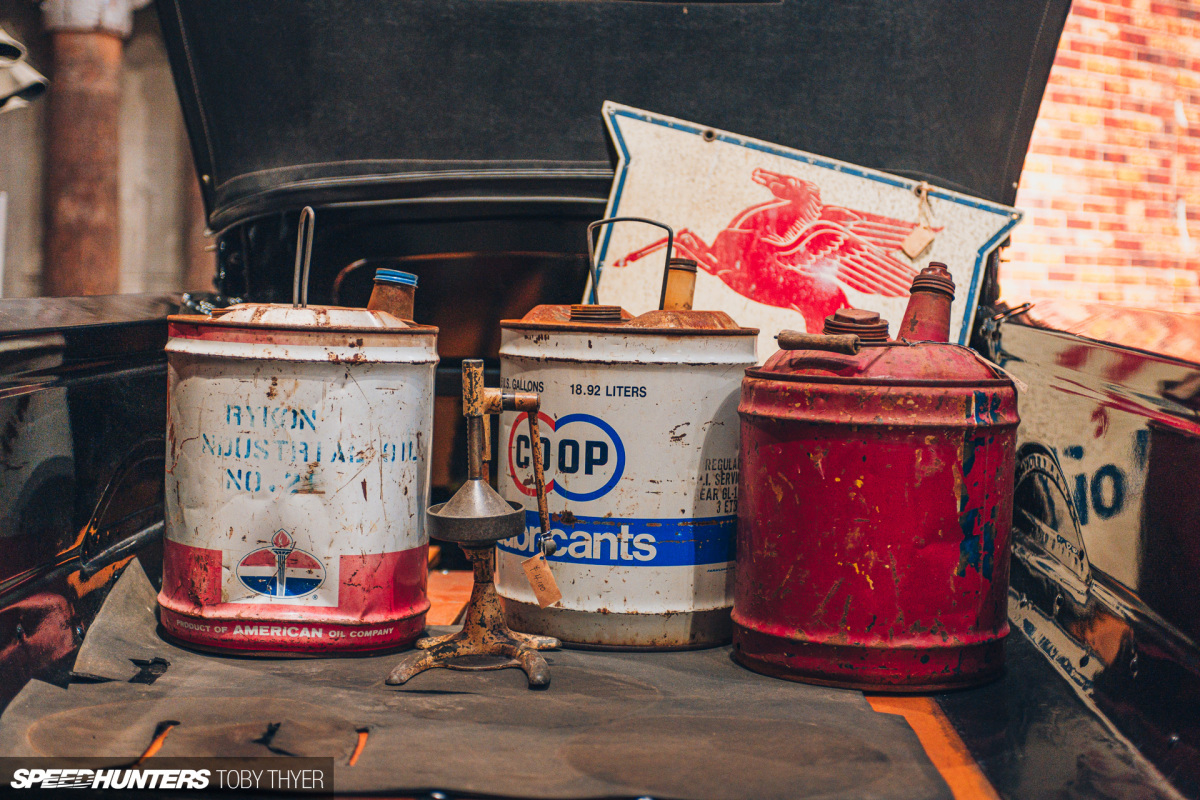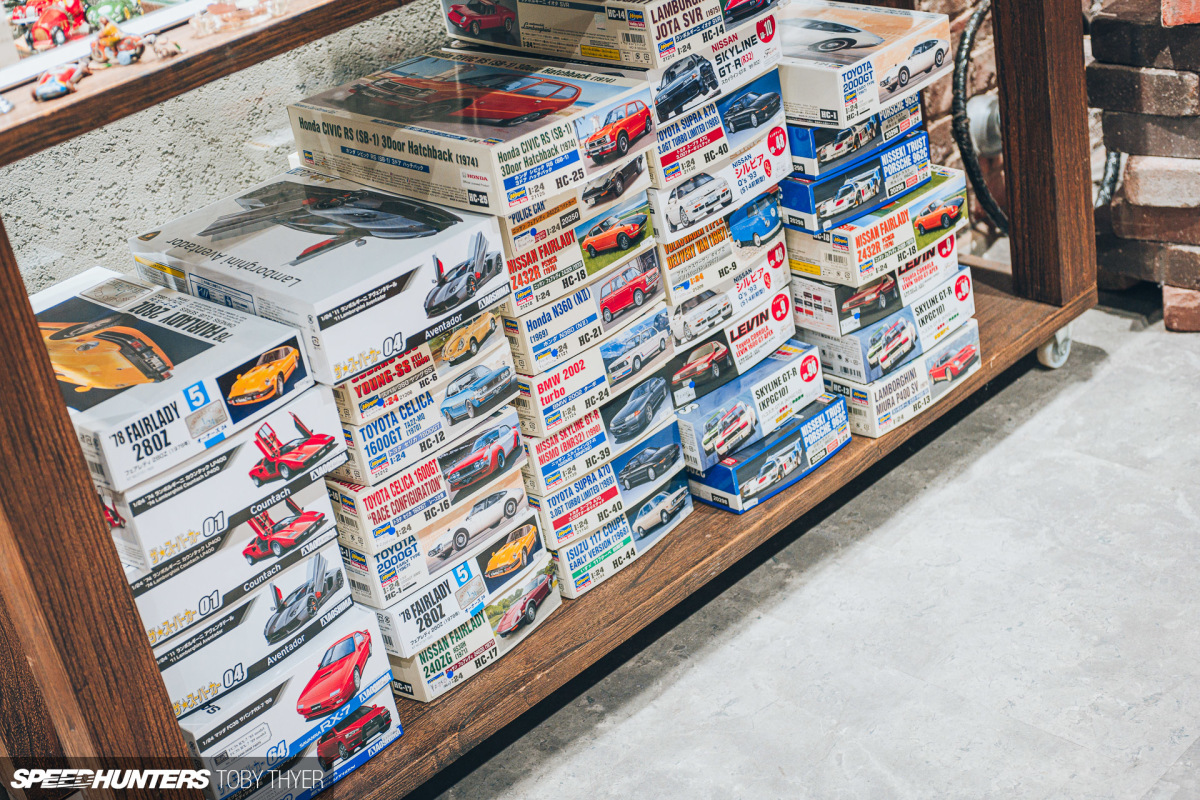Give me a red brick warehouse full of old bangers over a flashy new exhibition hall any day of the week.
This might be easy enough for those living in the Western world, but here in Japan, finding anything made of brick isn’t easy. Finding a red brick warehouse full of historic cars? Let’s just say, there aren’t many places like the Glion Museum.
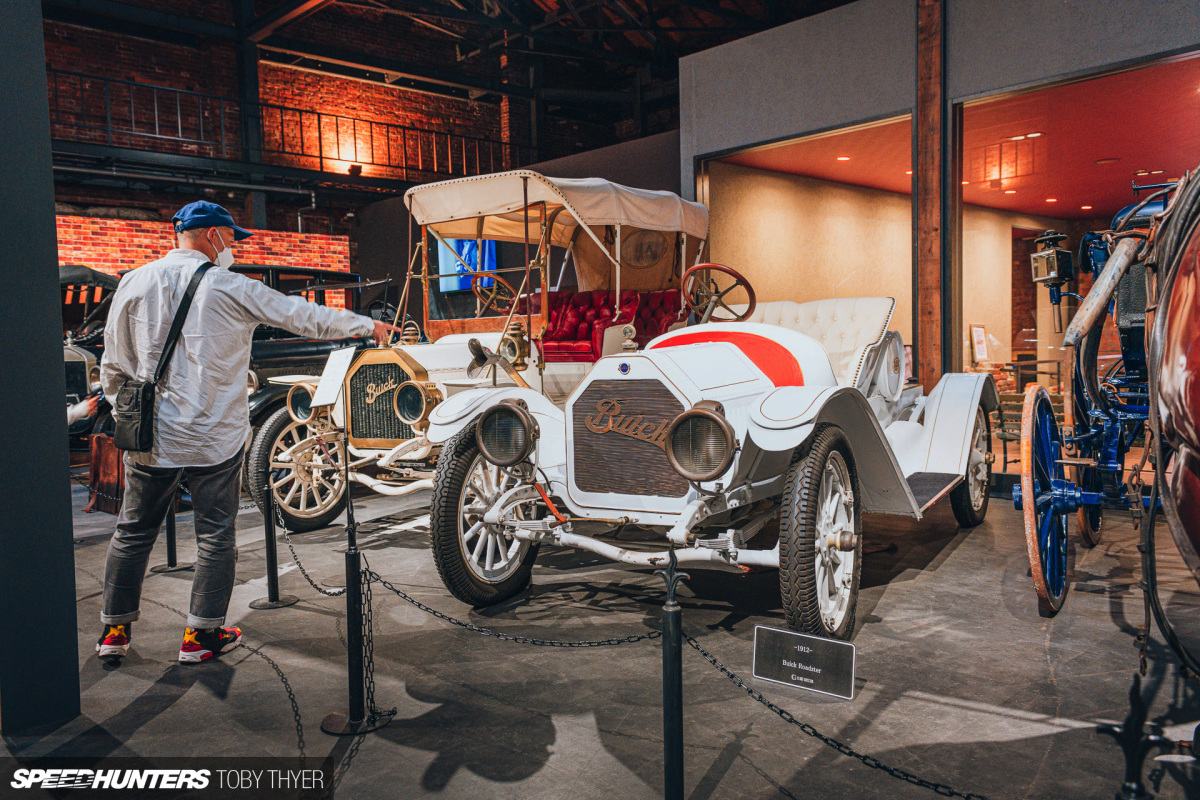
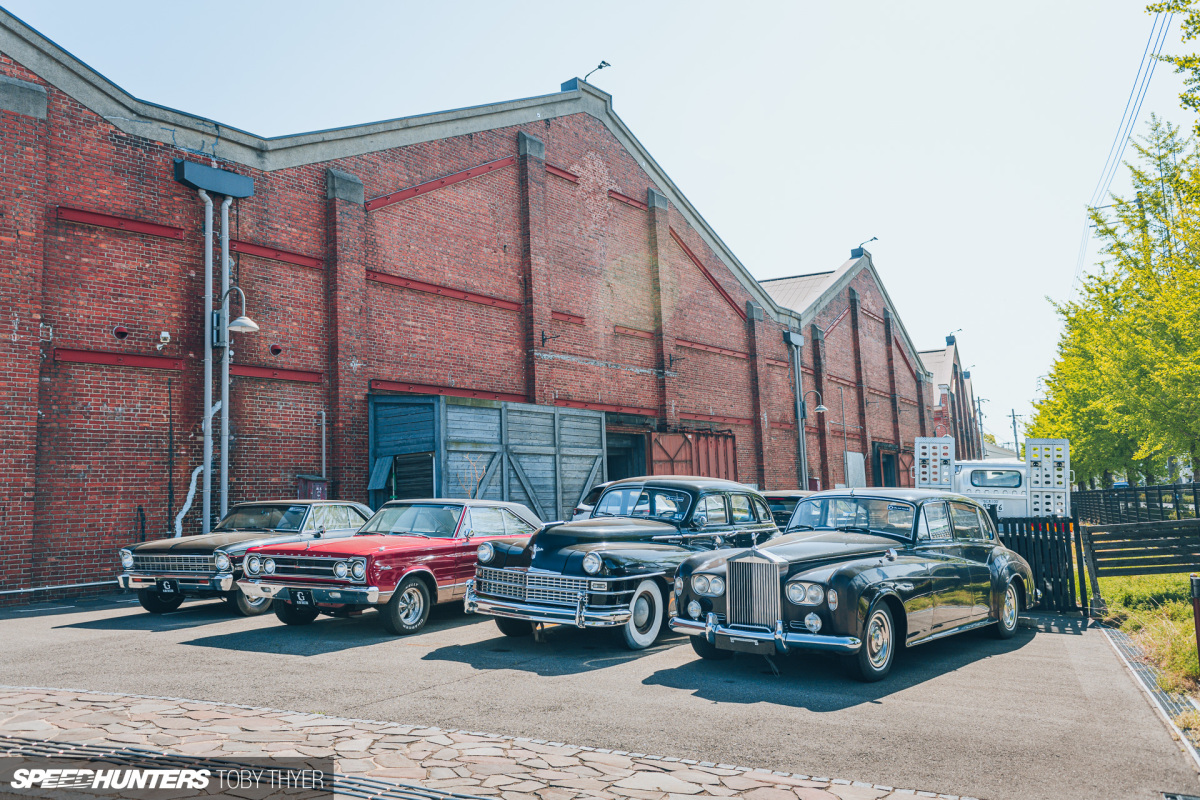
The Glion collection in Osaka is impressive, and not just because of the fantastic building it’s housed in. Here, you’ll find a huge assortment of pre- and post-war automobiles from across the globe.
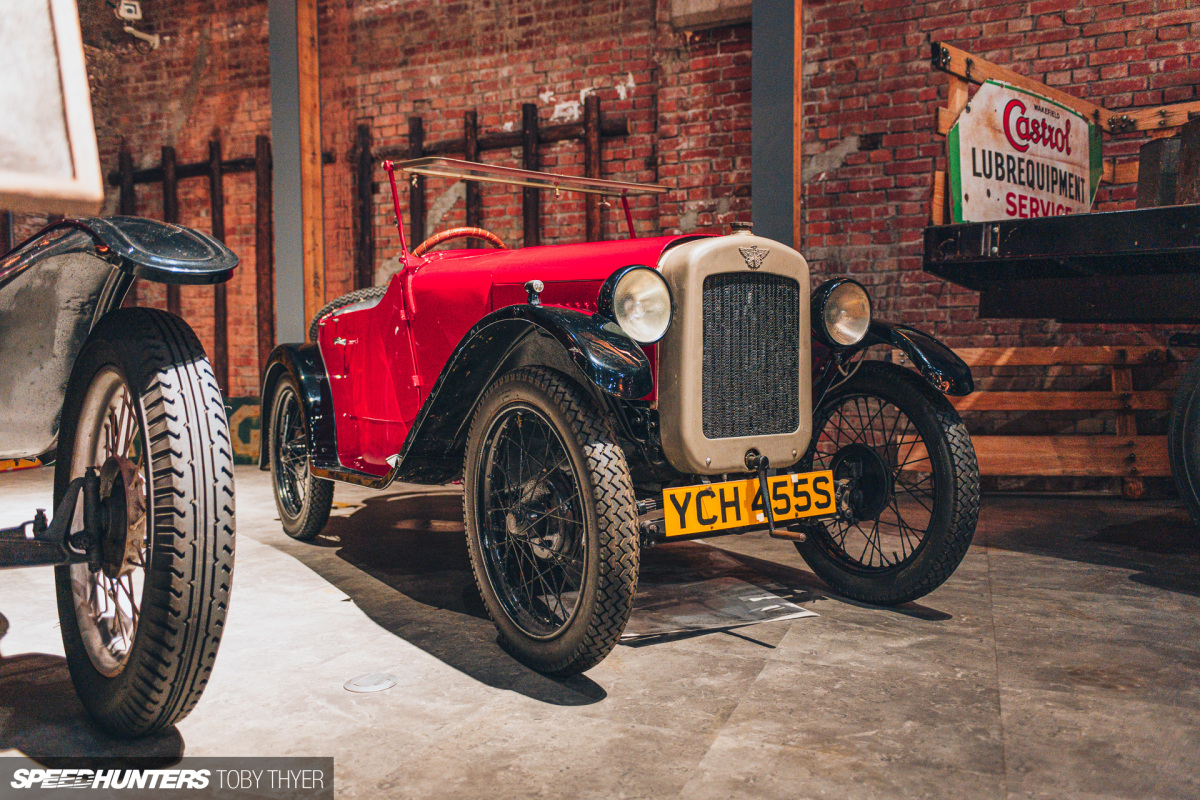
I am by no means an authority on historic cars, but I’m sure each one in the collection is important in some way. If you do spot anything rare or interesting, please leave a comment.
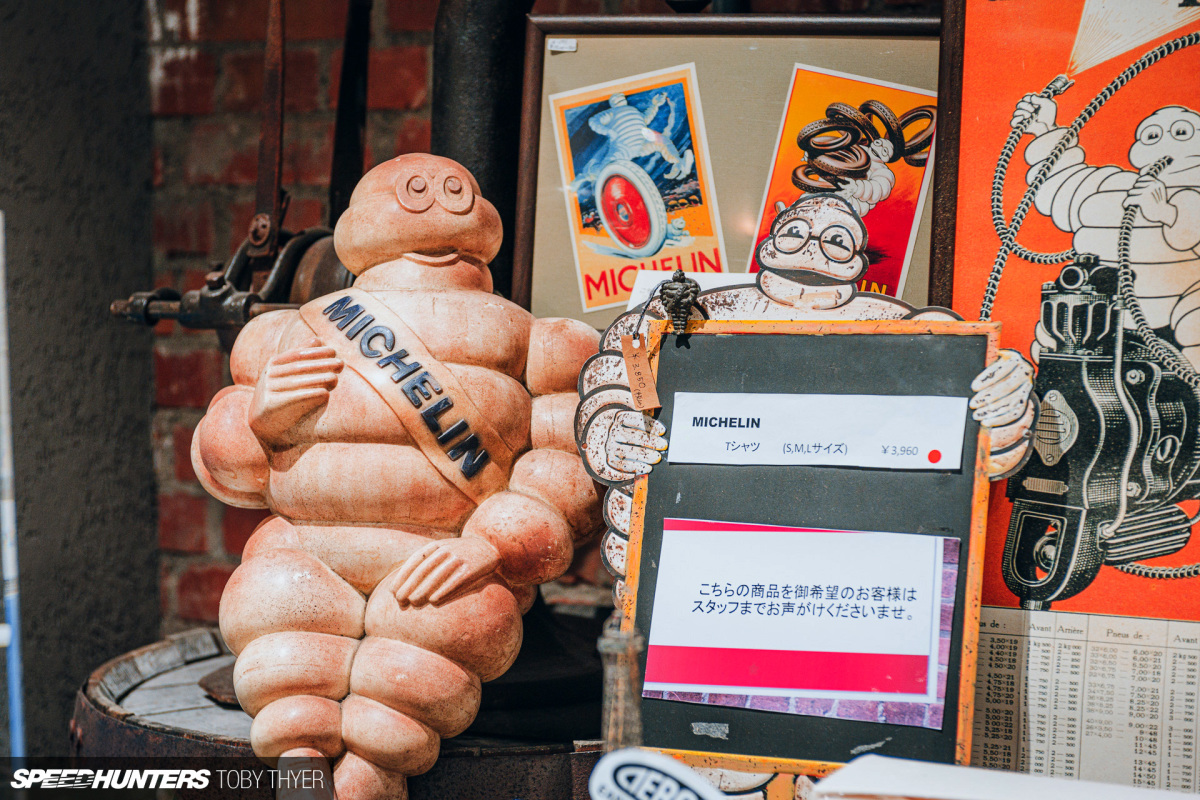
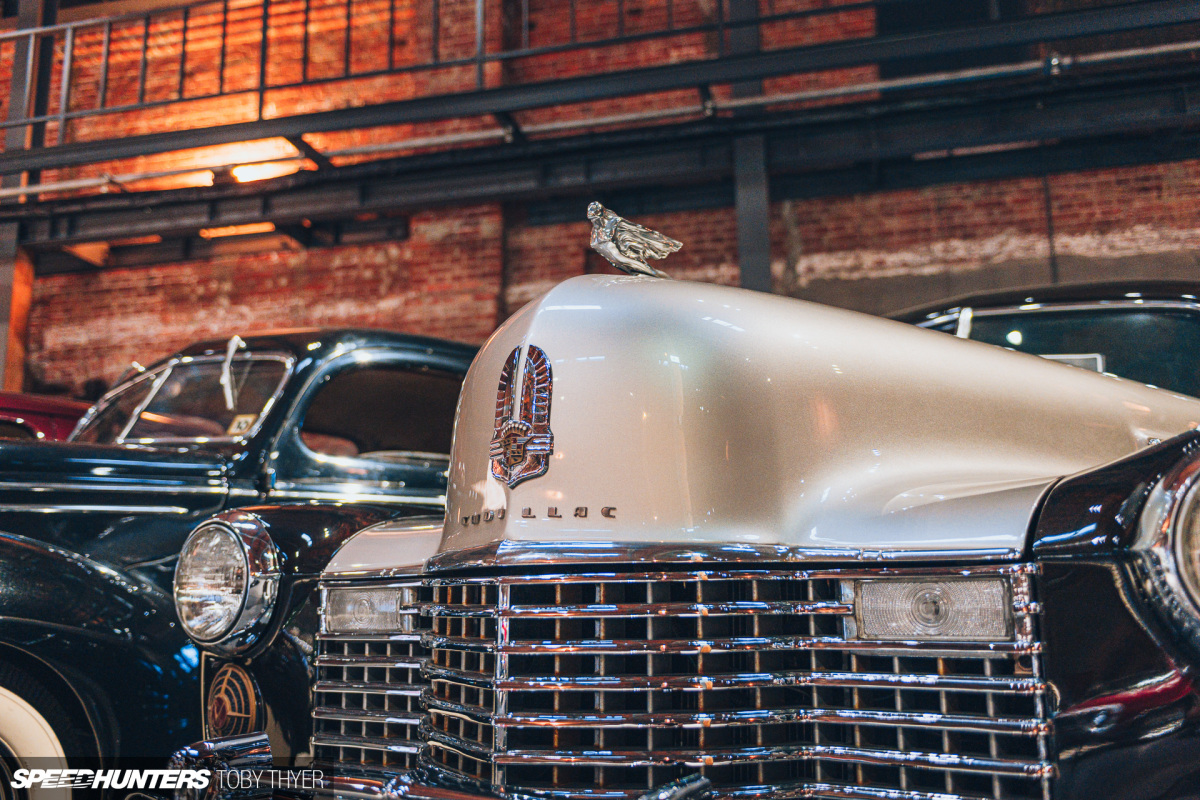
There are, of course, other historic warehouses peppered across Japan, mostly in the Southern port cities. The most famous is the Red Brick Warehouse in Yokohama, which has two buildings measuring around 5,000 and 10,000 square meters. That warehouse’s spacious interior houses specialty shops, galleries and exhibition spaces. It also hosts the annual Exciting Porsche event and other classic car events in its piazza.
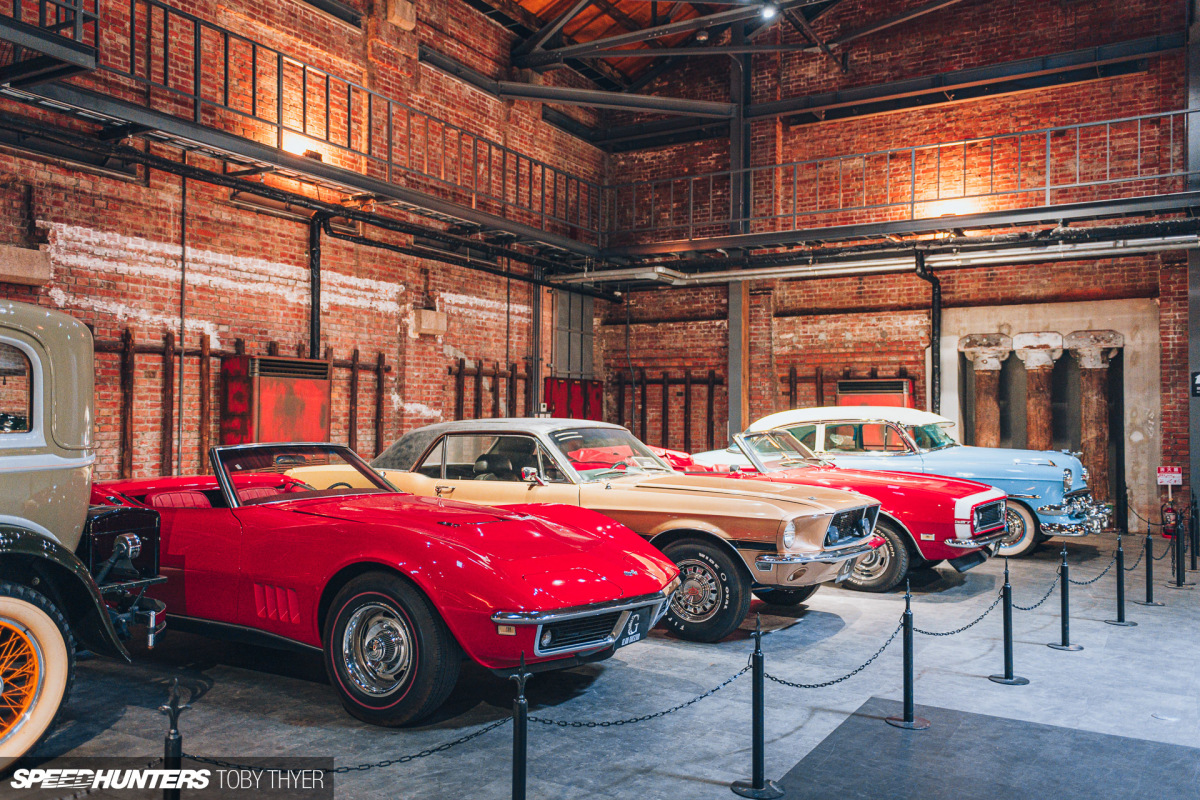
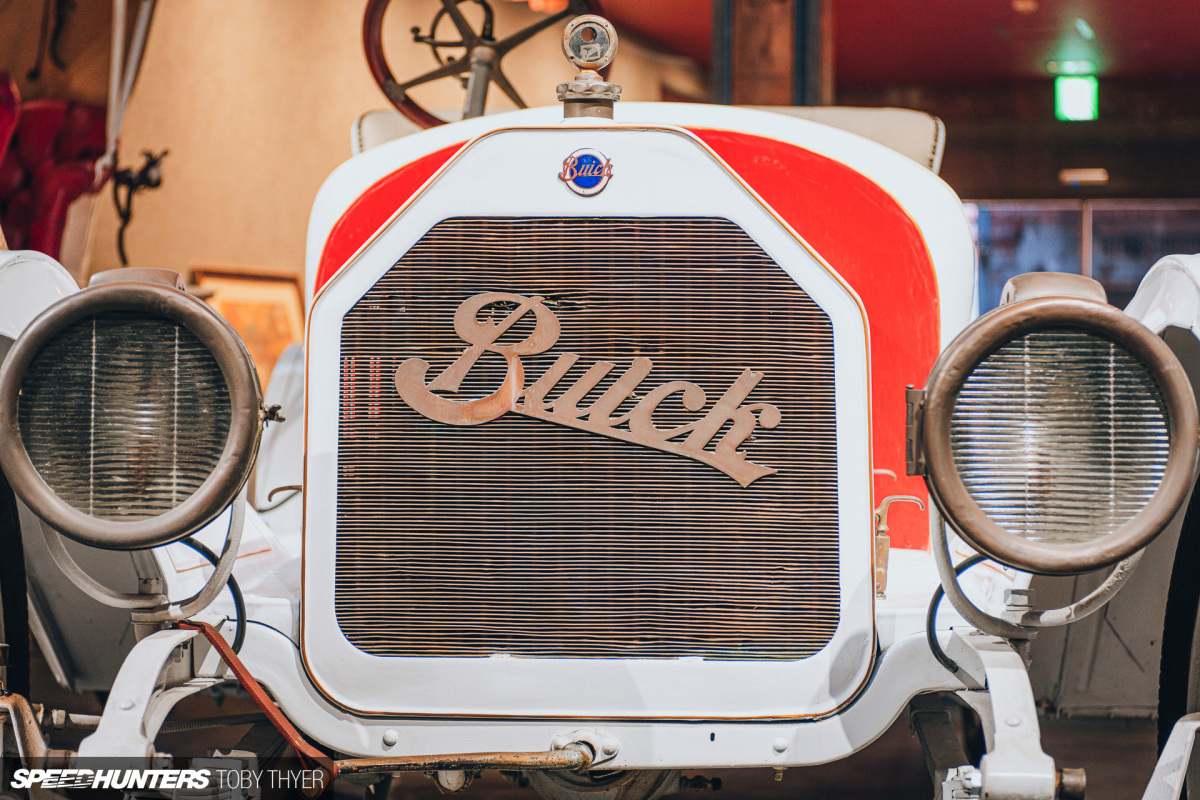
The Glion Museum is located inside the Chikko Red Brick Warehouse, where it occupies half of the space. In the other half you’ll find a restaurant, steak house and wedding venue. Not a bad place to tie the knot.
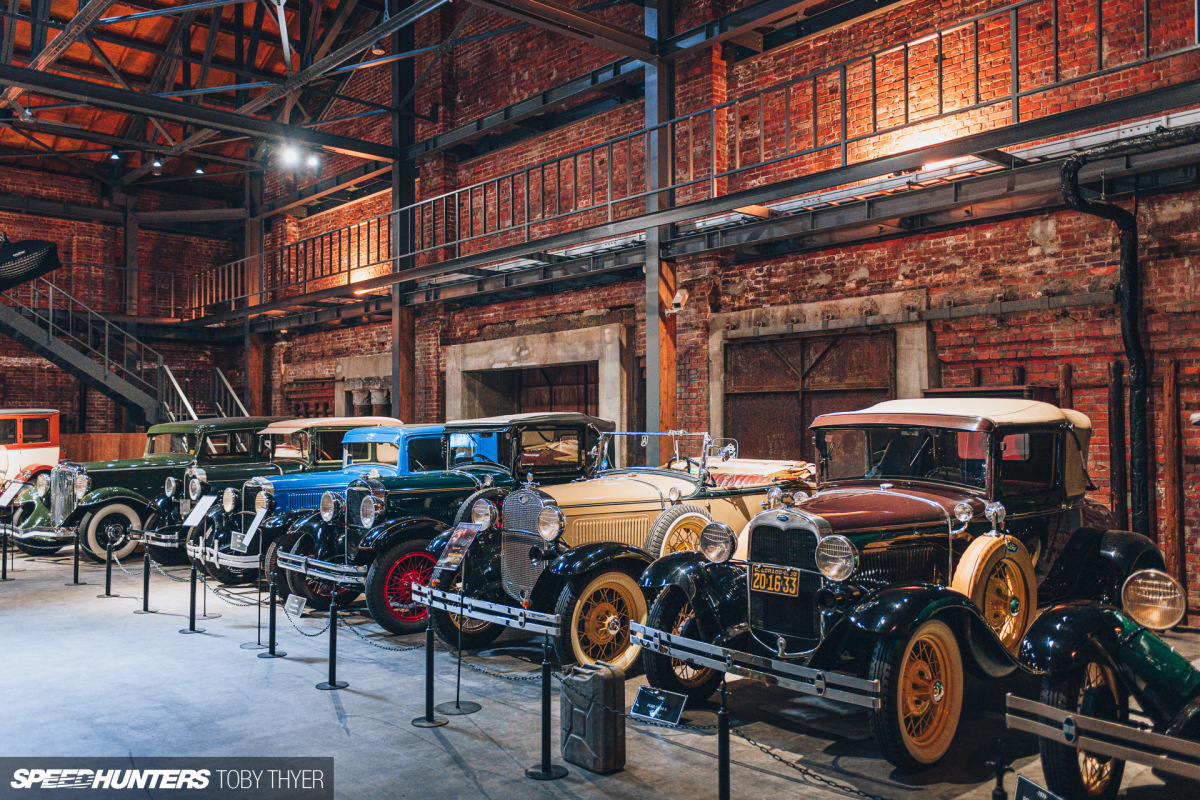

Construction of the Chikko Red Brick Warehouse was completed in 1923, as part of the Osaka Port development. It was built by Sumitomo Zaibutsu, one of many private construction companies contracted by a financially unstable Osaka City in return for port usage privileges. Japan was recovering from the Sino-Japanese war at the time, and then booming after the First World War, and these private companies played an integral part in boosting the country’s economic strength.
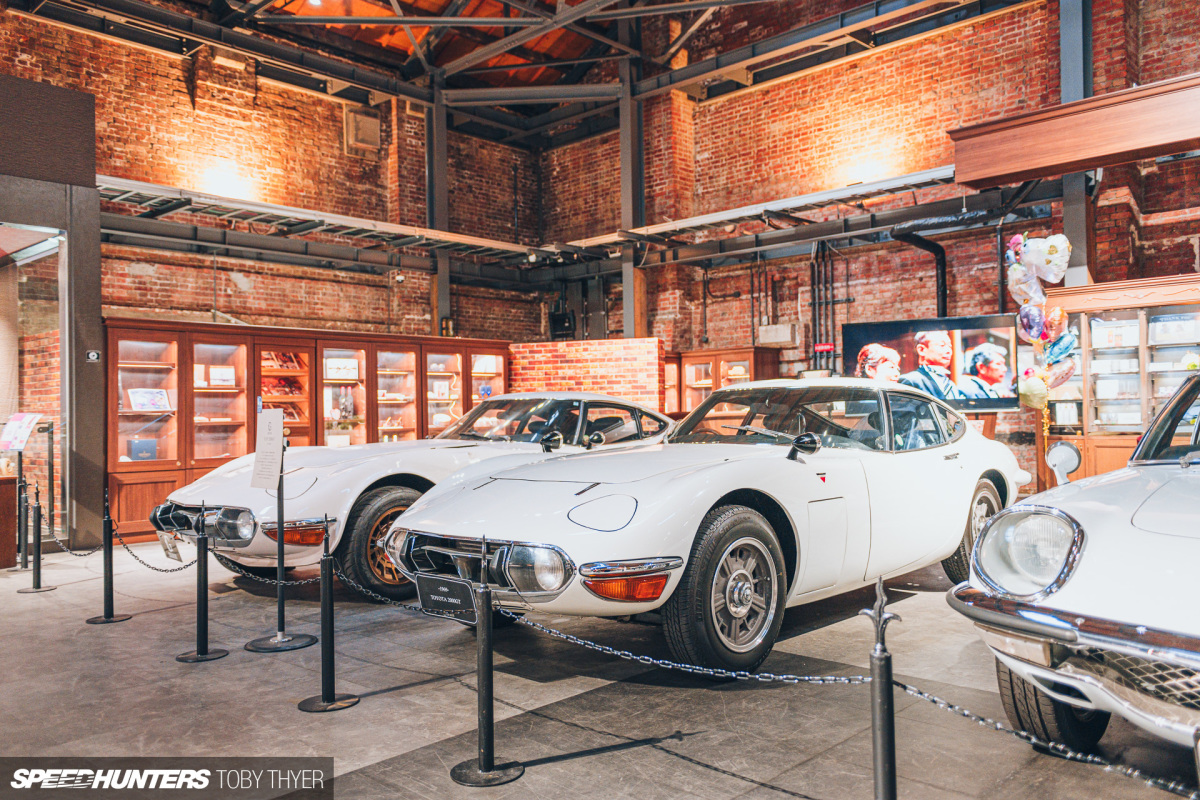
Ownership passed from Sumitomo Zaibutsu to Osaka City in 1999, and the Glion Museum opened in 2015. After sitting vacant for many years, the warehouse had very nearly been dismantled, but the decision was made to fortify it against seismic activity and allow the public to enjoy it. Some big cat with a fountain pen made an excellent decision that day.
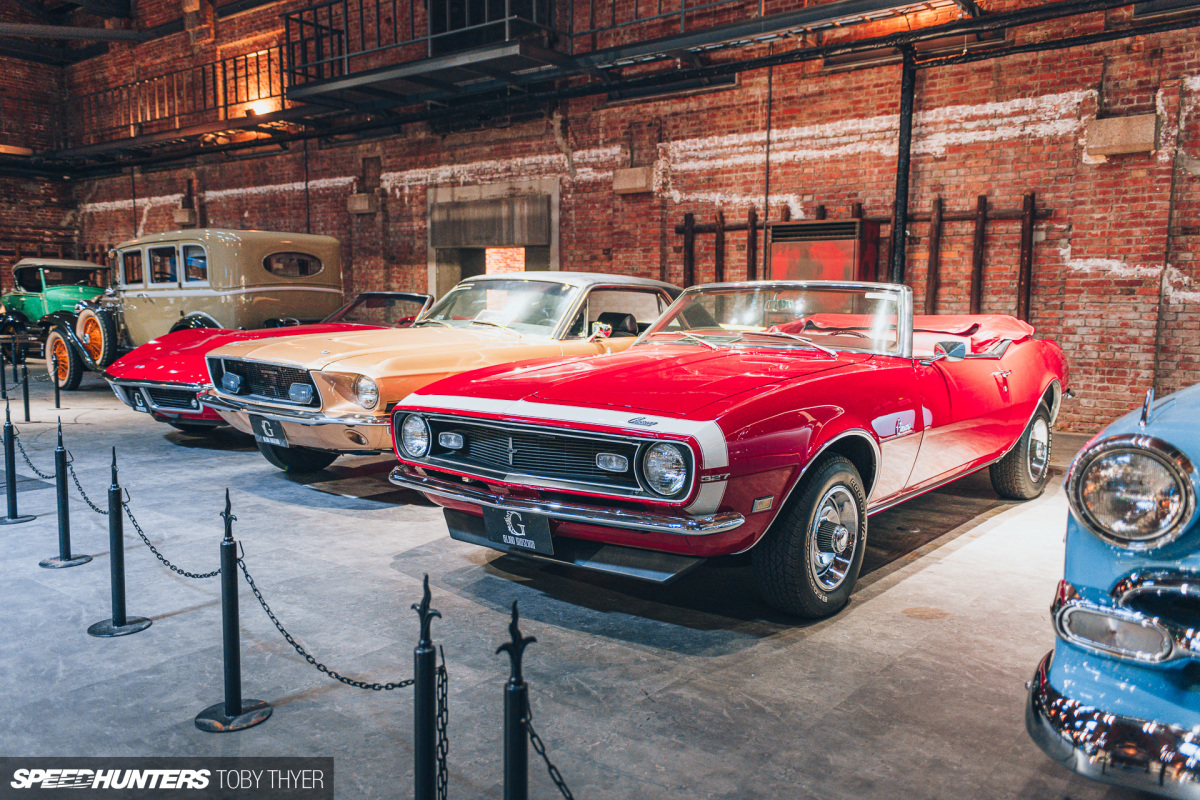
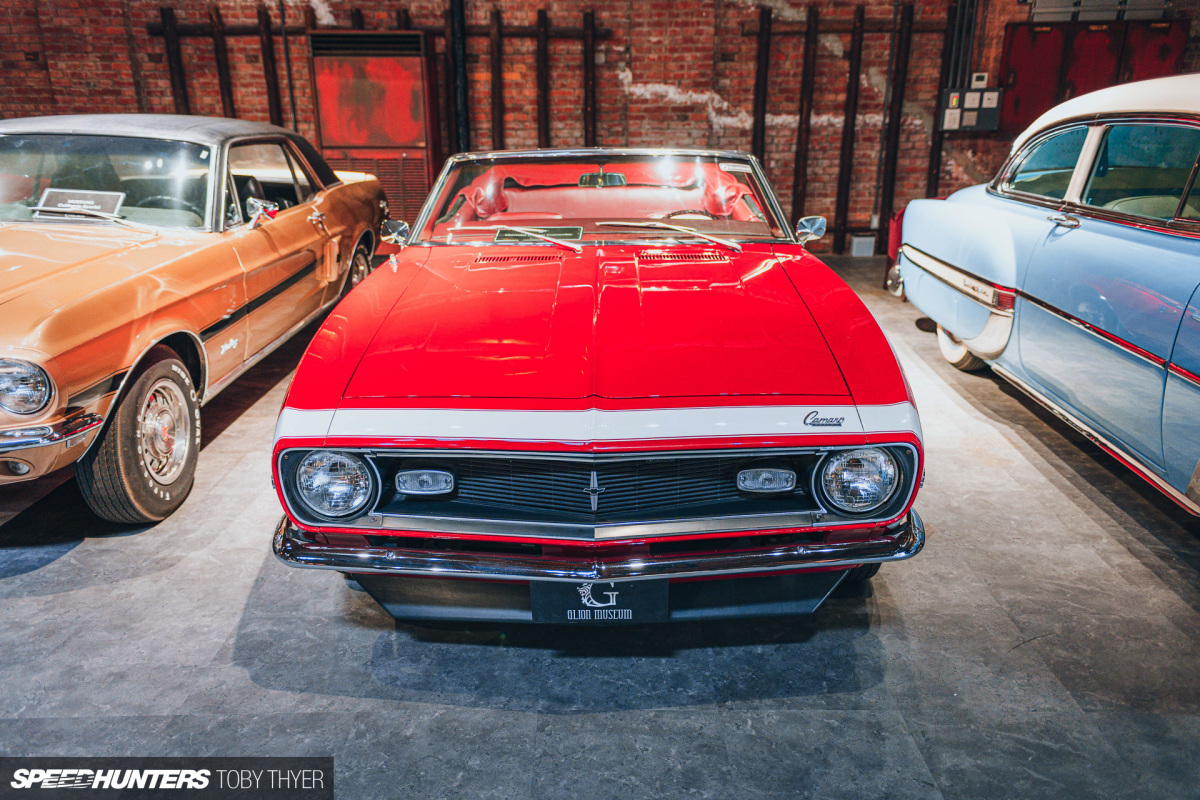
Part of the collection was donated from the estate of a Kimio Doi, a local business tycoon. Doi was an entrepreneur who pioneered marketing and sales distribution methods in electronics, particular cameras. In fact, at the time of his passing in 1990, Doi-san’s chain of camera stores was the third largest in Japan after Yodobashi and Bic Camera. He never smoked, never gambled or drank; instead Doi spent his fortune on historic automobiles and Alphonse Mucha artworks.
As for Glion, they are a luxury car dealer (Glion Showroom) and restaurant corporation, so I guess the museum is as much a promotional tool as it is about historical preservation.
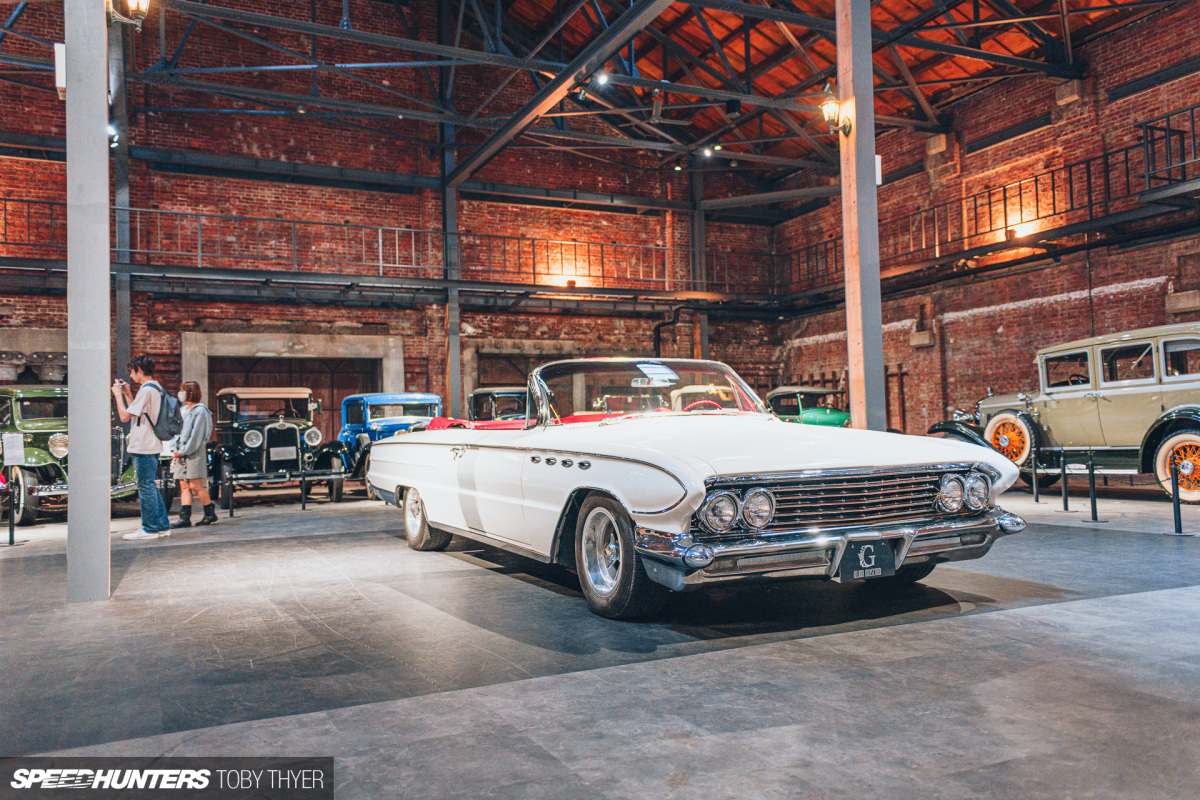
Whatever the motivation is for keeping the museum running, the takeaway here is that we can sleep well knowing that these cars are safe and sound occupying some prime Japanese real estate.
Toby Thyer
Instagram _tobinsta_
tobythyer.co.uk
Gallery
